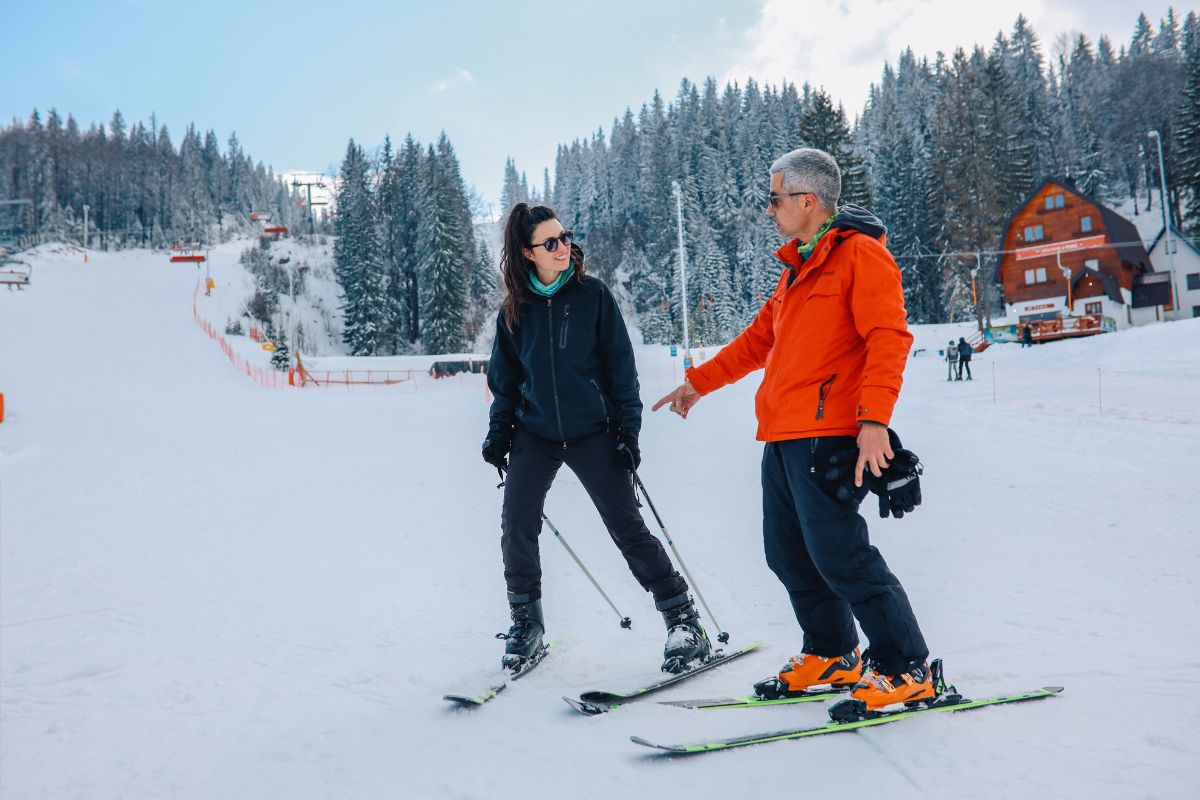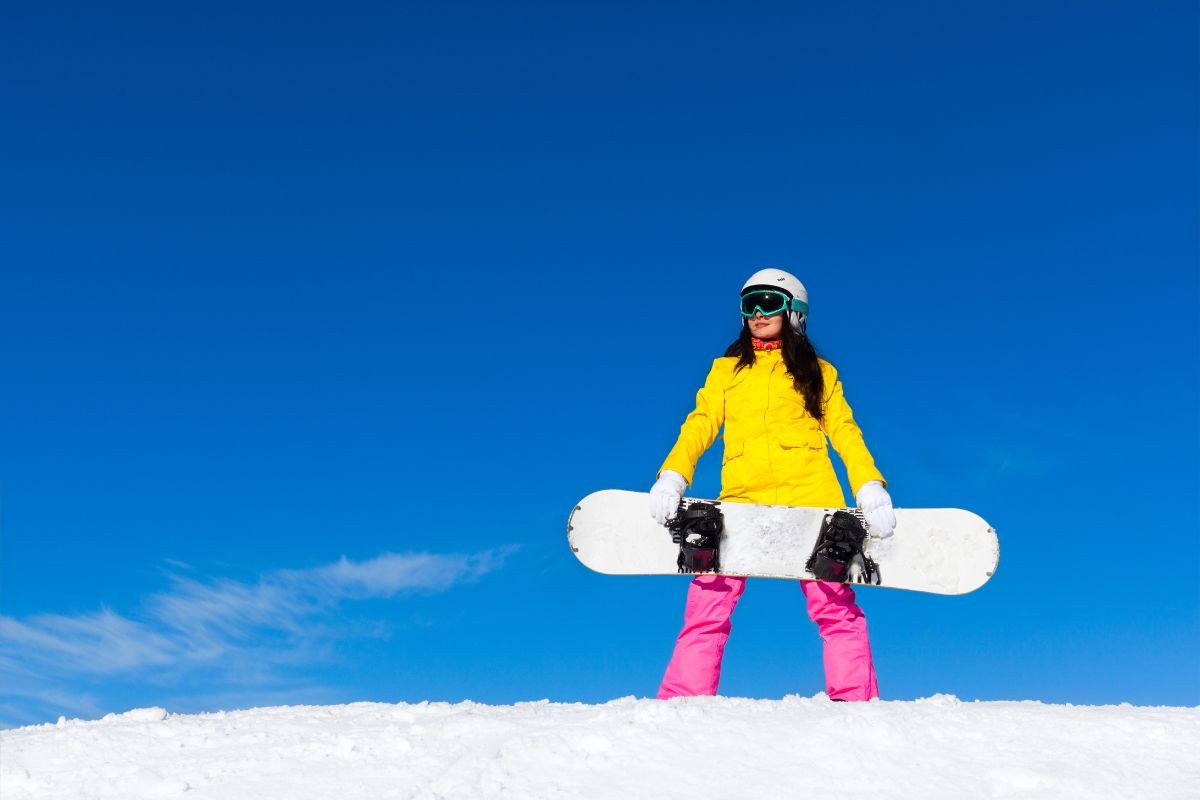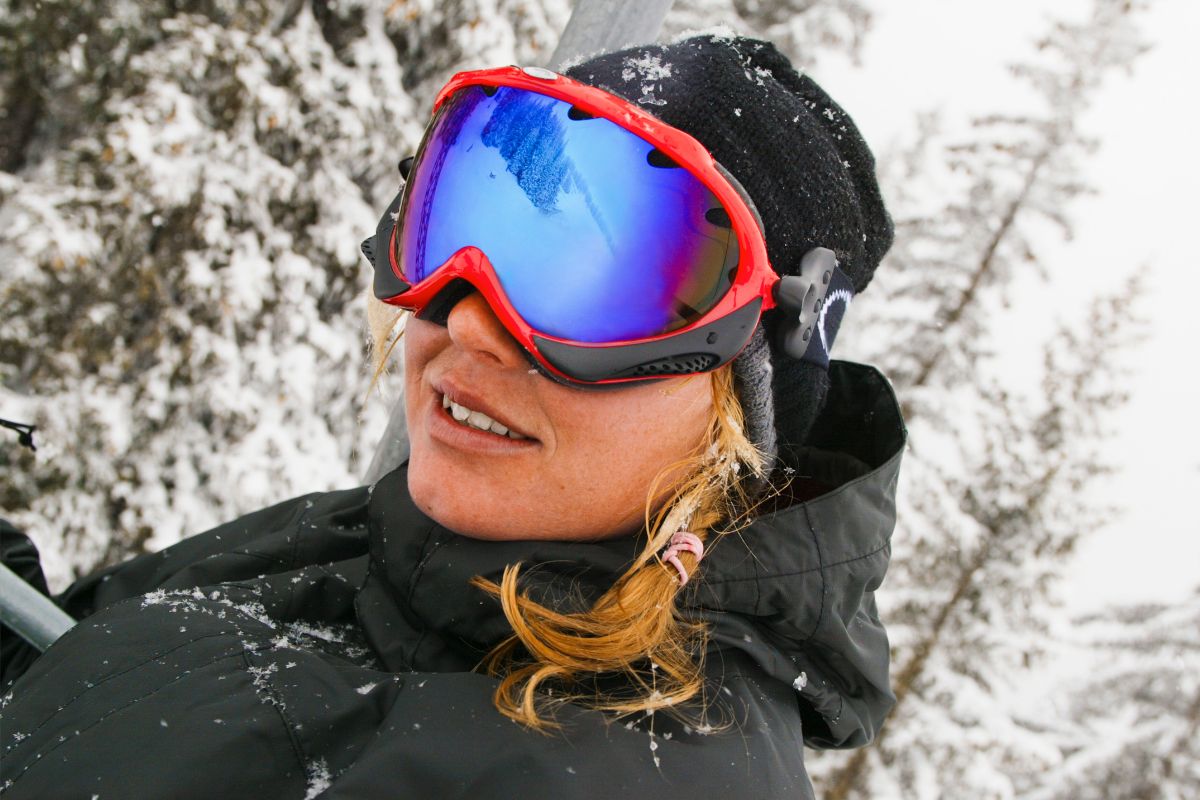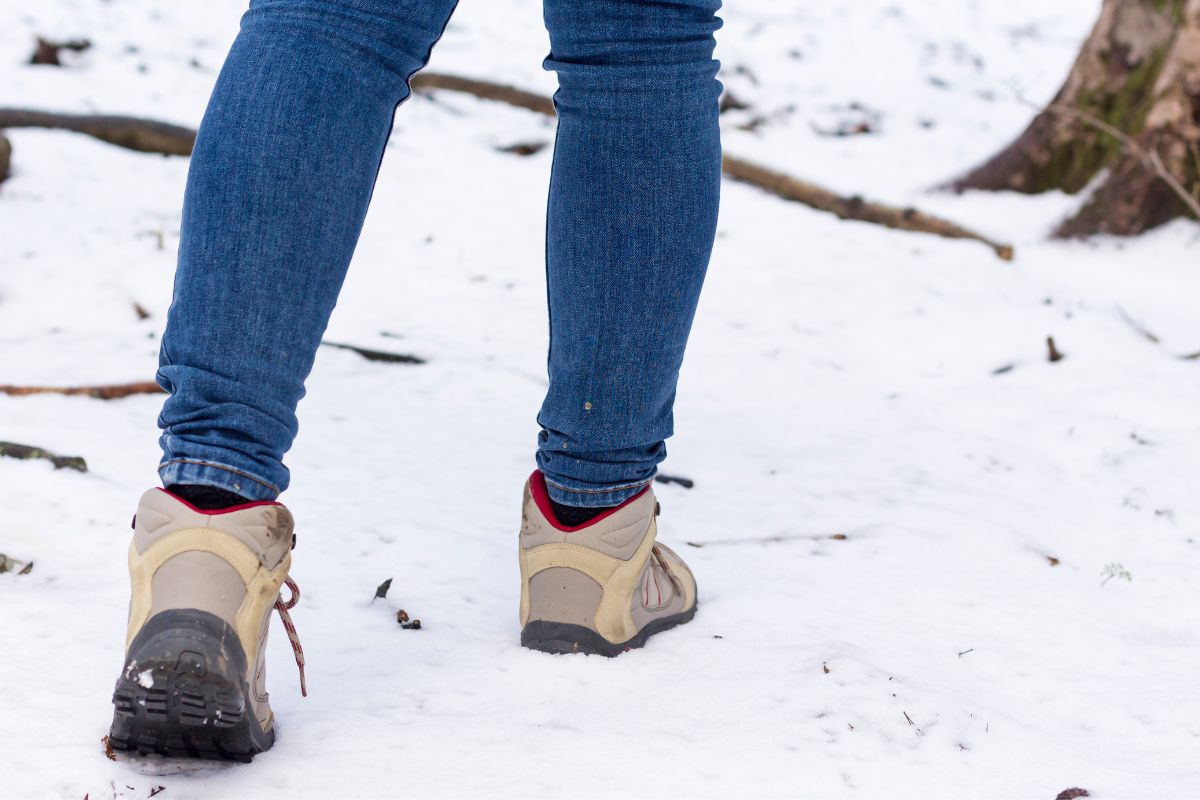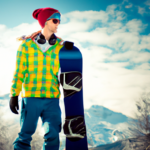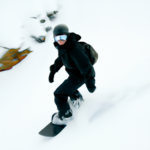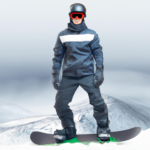You’re finally making your way to the snow-capped mountains for an exhilarating snowboarding trip. It’s time to tick this item off your bucket list. But hold on, do you have the right gear lined up? “What To Wear To Snowboard?” guides you through the process of selecting suitable attire for a thrilling and safe snowboarding experience. It’s not just about style and trends, it’s also about comfort, warmth, and most importantly, protection. So, gear up and get ready to conquer the slopes while being warm, comfortable, and safe.
Understanding the Importance of Appropriate Attire
When it comes to sports like snowboarding, where you are faced with extreme weather conditions, the clothes and gear you choose to wear can significantly affect your performance and enjoyment. It’s not just about looking the part, but also about ensuring you’re adequately protected from the elements.
Why Correct Clothing Matters in Snowboarding
Snowboarding, by its very nature, puts you in an environment where it’s cold, usually damp, and where the weather conditions can change rapidly. In such conditions, getting your attire wrong can turn a fantastic day on the slopes into a miserable one. Proper clothing helps to maintain your body’s heat and keeps you dry and comfortable, enabling your body to focus on the activity at hand instead of trying to keep warm.
Impacts of Weather Changes on Your Snowboarding Performance
Weather conditions not only affect the snowboarding terrain but also play a crucial role in your personal comfort and safety on the slopes. Unexpected weather changes can deliver a hit to your performance if you’re not prepared with the right gear. Having clothes that provide sufficient warmth and protection against elements like wind, snow, and even sun can help you adapt quickly, maintain your performance and enjoy your ride no matter what Mother Nature throws at you.
Layering: The Key to Comfort on the Slopes
Layering is a game-changer in snowboarding. It allows you to adjust your outfit according to changing weather conditions and your activity level. It’s about creating an insulating air pocket system and managing moisture to keep you warm and dry.
Importance of Layering for Insulation
Layering enables you to create your personalized climate control system. Each layer serves a purpose, helping to trap warm air close to your body, transport sweat away from your skin and shield you against external weather conditions.
Optimal Order of Layers
The optimal way to dress for snowboarding involves three layers: the base layer, the mid-layer, and the outer layer. Your base layer wicks moisture away from your skin; the mid-layer traps body heat to insulate you from the cold, and the outer layer shields you from the weather.
The Base Layer: Your First Line of Defense
Your base layer is the one that is in direct contact with your skin. It plays a critical role in managing your body temperature and maintaining your overall comfort on the slopes.
Materials to Consider for Your Base Layer
When it comes to choosing your base layer, materials like wool or synthetic fabrics are preferred. These materials are excellent in wicking moisture away from your skin, keeping you dry, and preventing a chill.
Choosing the Right Fit
Choosing the right fit for your base layer is equally important. It should be snug enough to touch your skin for effective moisture wicking, yet loose enough to let you move freely. Too tight, and you could restrict your movement; too loose, and you may compromise its effectiveness.
The Mid-Layer: For Extra Warmth
The mid-layer is your main source of insulation. Working in concert with your base layer, it’s designed to keep you warm.
Role of the Mid-layer in Insulation
The mid-layer works by trapping warm air near your body and acting as a barrier to the cold outside air. It’s that buffer zone that keeps the heat in and the cold out.
Determining the Thickness of Your Mid-Layer
The thickness of your mid-layer depends on the weather and your personal preference. On warmer days, a thin mid-layer can suffice. During colder conditions, however, you may need a thicker, more insulative mid-layer. Remember, your mid-layer should be easy to take off or put on as temperatures fluctuate.
The Outer Layer: Shielding from External Conditions
Your outer layer serves to protect you from the snow, wind, and occasional crashes. It’s your first line of defense against external elements.
Choosing a Waterproof, Breathable Shell
When choosing your outer layer, pay attention to its water and windproof capabilities. The outer layer should be waterproof and able to withstand the wet conditions of the slopes. Simultaneously, it should be breathable, allowing any moisture from your body to escape and avoid making you feel clammy.
Importance of Snow Skirts and Sealed Seams
Features like snow skirts and sealed seams may seem insignificant, but they offer added protection against snow and wind by preventing them from entering your clothing. This can be especially useful during a fall or heavy snowfall.
Opting for the Right Snowboarding Pants
Snowboarding pants protect your lower body from the cold, snow, and possible injuries from falls. Like other parts of your snowboarding attire, they need to balance protection and comfort.
Understanding the Function of Snowboarding Pants
Snowboarding pants act as a shield for your legs against external weather conditions. They should be waterproof to keep you dry and insulated to keep you warm, all while being breathable and comfortable enough for you to maneuver easily and freely.
Key Features to Look for in Snowboarding Pants
Some key features to look out for when choosing snowboarding pants include venting (to prevent overheating), insulation, seam sealing (for extra water resistance), and a gaiter (to prevent snow from getting into your boots).
Protective Wear: Ensuring Your Safety During Rides
While the focus is often on keeping warm and dry, protective gear plays a vital role in your safety on the slopes.
Importance of Snowboarding Helmets
Helmets are not just for beginners. Every rider, regardless of their skill level, should wear a helmet to protect their head. A solid helmet will not only guard you from potential injury, but it will also provide additional warmth.
Investing in Body Armours and Impact Shorts
Body armours and impact shorts provide an extra layer of protection, especially when you’re learning new tricks or hitting unfamiliar terrain. They can shield your spine, chest, and hips from high-impact crashes and falls.
Snowboarding Gloves: Balancing Warmth and Dexterity
Being equipped with a good pair of gloves is vital to keep your hands warm and functional during your ride.
Choosing Between Gloves and Mittens
Choosing between gloves and mittens is primarily a matter of personal preference. Gloves offer more mobility but may not be as warm as mittens. Mittens, on the other hand, provide better warmth but less dexterity.
Key Features of Good Snowboarding Gloves
Look for gloves that are waterproof, insulated, and windproof, but also breathable to prevent sweating. Additionally, they should provide a good grip and be durable enough to withstand the rough conditions on the slopes.
Snowboarding Socks: Setting the Foundation for Warm Feet
Socks are your first line of defense against cold feet. Despite being often overlooked, the correct socks can drastically impact your comfort and performance.
Why the Right Socks Matter
The right socks provide extra cushioning and warmth for your feet and play an essential role in moisture management. Wet feet can quickly make you feel cold and uncomfortable, hence why your socks’ ability to wick away moisture is crucial.
Materials and Thicknesses of Snowboarding Socks
When choosing snowboarding socks, consider materials like wool or specific synthetic blends that offer excellent moisture-wicking properties. In terms of thickness, opt for a medium-thick sock providing sufficient warmth without compromising boot fit.
Care and Maintenance of Snowboarding Apparels
To ensure your snowboarding gear and clothing last longer and perform at their best, taking care of them is essential.
Cleaning and Storing Your Outerwear
Clean your clothing following the instructions on their care label and store them in a dry, cool place away from direct sunlight. For your outerwear, make sure they are thoroughly dry before storing to prevent mold and odor.
Regular Inspection of Your Protective Gears
Regular inspection of your protective gear can help decrease the risk of equipment failure to keep you safe and secure. Before each use and at the end of the snowboarding season, make sure to check for any signs of wear and tear.
In conclusion, the right snowboarding attire can make a massive difference in your experience on the slopes. It’s not just about looking good but also about staying safe, comfortable, and being able to perform your best. Happy snowboarding!
- What Snowboard Bindings Should I Get? - January 23, 2024
- What Size Screws For Snowboard Bindings? - January 23, 2024
- How To Snowmobile On Water? - January 23, 2024

